Corcho: cadena monte-industria

Información de la comunidad
Esta comunidad de interés pretende ser un punto de encuentro para el trabajo colaborativo entre todas las instituciones involucradas en la cadena de valor del corcho.
Esta iniciativa surge a raíz de la Jornada sobre Corcho y Bioeconomia: Prioridades de investigación orientadas a la sostenibilidad y rentabilidad del sector corchero, que tuvo lugar el 24 de Septiembre en el salón de actos del Instituto Nacional de Investigación y Tecnología Agraria y Alimentaria (INIA).
Últimas noticias
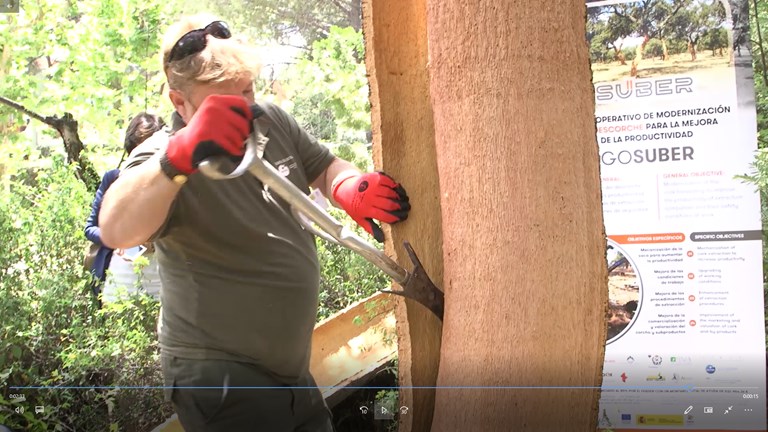
El pasado 5 de junio de 2019 tuvo lugar en el INIA una jornada de divulgación de los primeros resultados del GO SUBER.
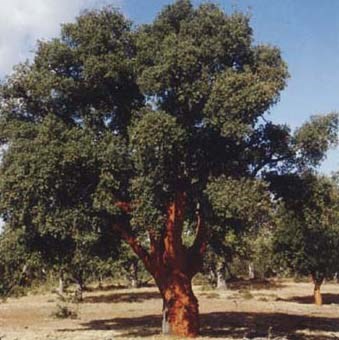
For 400 years, cork has been the go-to material for sealing wine bottles. It's elastic and tight, yet allows a miniscule amount of oxygen through, helping to age the wine perfectly. Moreover, it is an entirely renewable and natural product. Cork comes from the bark of a cork oak tree and today’s production is a happy marriage between tradition and technology. The traditional method of removing bark without harming the tree is combined with modern industrial techniques that greatly reduce the risk of the cork spoiling the wine. But the ecosystem that allows cork trees to flourish is under threat. Rising temperatures in the Mediterranean region mean cork oaks are falling victim to drought, disease and forest fires. In this 360 report, join us to see how wine corks are made and why scientists are worried about the future. This 360-degree video was shot with a GoPro Fusion
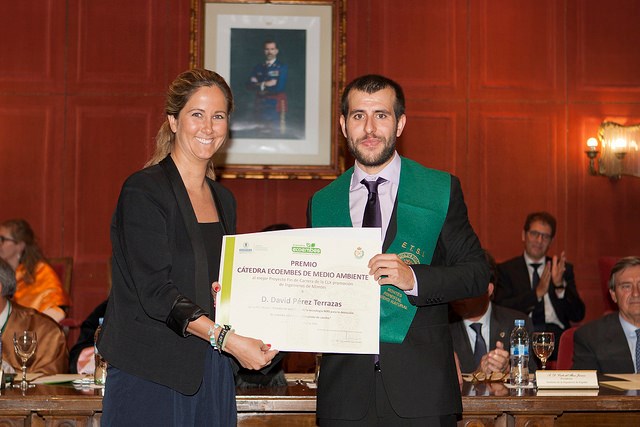
La Cátedra Ecoembes de Medio Ambiente ha concedido su premio al mejor Proyecto Final de Carrera de la CLX promoción de Ingenieros de Montes al proyecto titulado “Estudio de viabilidad de la tecnología NIRS para la detección de mancha amarilla en granulado de corcho”, realizado por el alumno David Pérez Terrazas.
Últimos documentos
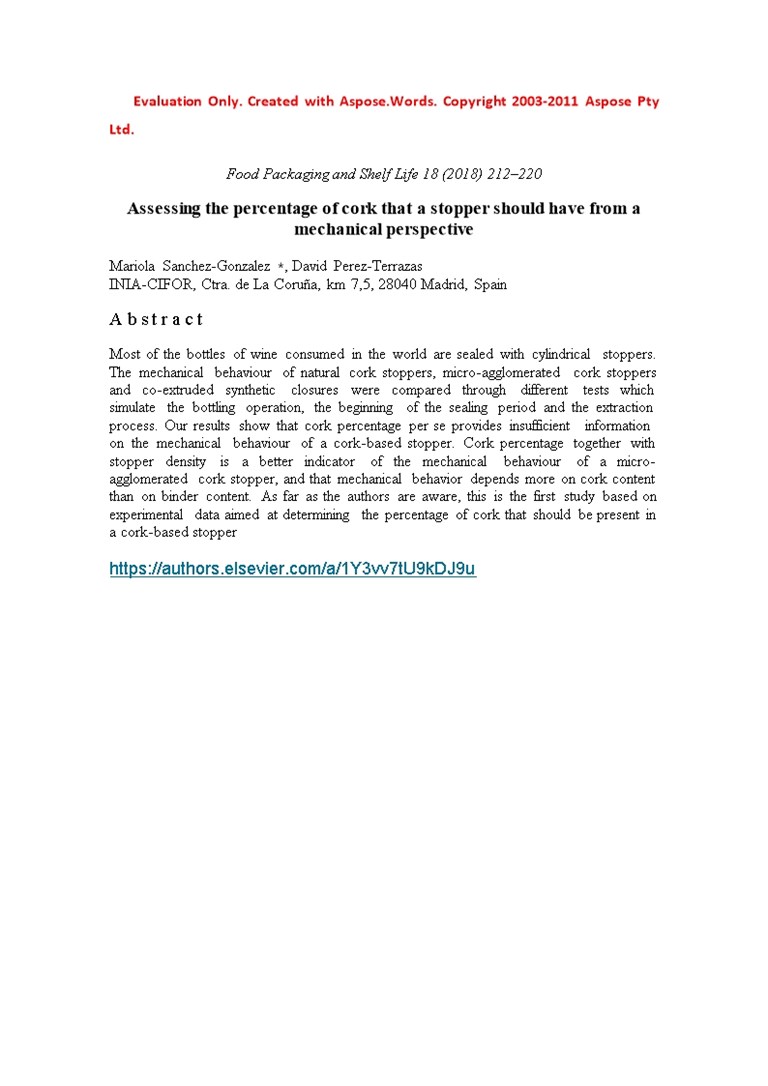
29/11/18 - Assessing the percentage of cork that a stopper should have from a mechanical perspective
Most of the bottles of wine consumed in the world are sealed with cylindrical stoppers. The mechanical behaviour of natural cork stoppers, micro-agglomerated cork stoppers and co-extruded synthetic closures were compared through different tests which simulate the bottling operation, the beginning of the sealing period and the extraction process. Our results show that cork percentage per se provides insufficient information on the mechanical behaviour of a cork-based stopper. Cork percentage together with stopper density is a better indicator of the mechanical behaviour of a micro-agglomerated cork stopper, and that mechanical behavior depends more on cork content than on binder content. As far as the authors are aware, this is the first study based on experimental data aimed at determining the percentage of cork that should be present in a cork-based stopper to achieve a cork-like behavior.
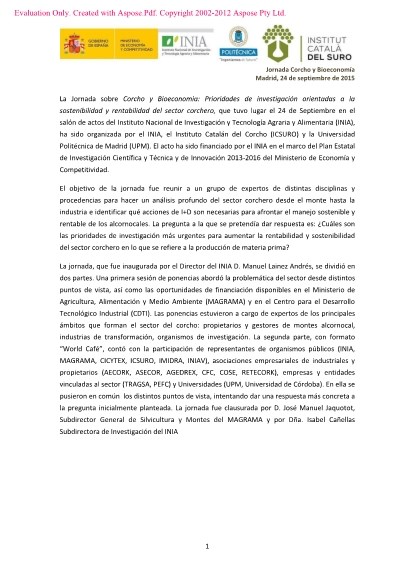
26/10/15 - Conclusiones Jornada Corcho y Bioeconomía
La Jornada sobre Corcho y Bioeconomia: Prioridades de investigación orientadas a la sostenibilidad y rentabilidad del sector corchero, que tuvo lugar el 24 de Septiembre en el salón de actos del Instituto Nacional de Investigación y Tecnología Agraria y Alimentaria (INIA), ha sido organizada por el INIA, el Instituto Catalán del Corcho (ICSURO) y la Universidad Politécnica de Madrid (UPM). El acto ha sido financiado por el INIA en el marco del Plan Estatal de Investigación Científica y Técnica y de Innovación 2013-2016 del Ministerio de Economía y Competitividad.
